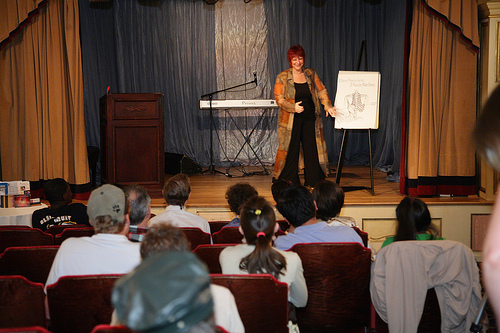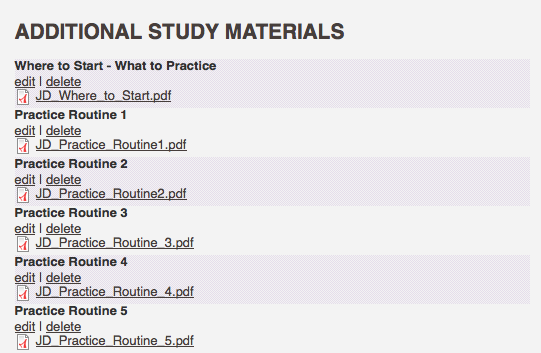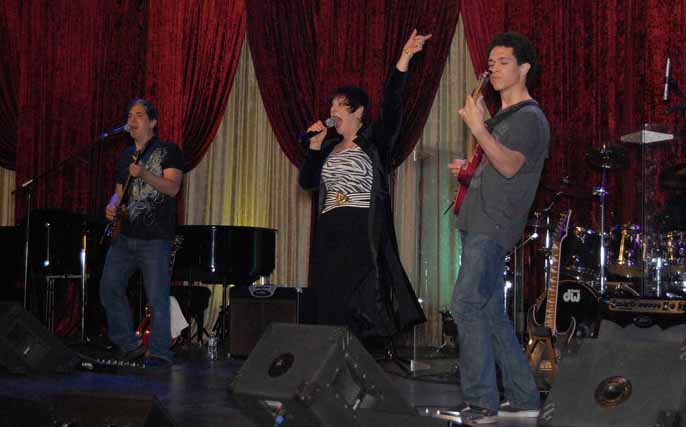X

|
Courses 
|
Instructors 
|
How It Works | Plans & Pricing | Self-Study | Blog |
Resources 
|
Start Now
|

|
|
Log In
 |

|

- Guitar v^
- Americana Roots: Keb' Mo'
- Acoustic Guitar: Adult Beginner
- Rock Guitar: Adult Beginner
- Electric Rock Guitar
- Electric Blues Rock Guitar
- Electric Blues w/ Keith Wyatt
- Electric Blues w/ Seth Rosenbloom NEW
- Bluegrass w/ Bryan Sutton
- Bluegrass w/ Chris Eldridge
- Bluegrass w/ Tyler Grant
- Flamenco w/ Noa Drezner
- Electric Country Guitar
- Session Player Toolkit
- Electric Jazz Guitar
- Acoustic Fingerstyle Guitar
- Electric Fingerstyle w/ Sean McGowan
- Electric Fingerstyle w/ Martin Taylor
- Acoustic Classical Guitar
- Acoustic Dobro & Lap Steel
- Electric Jazz Improv Guitar
- Bass v^
- Electric w/ Nathan East
- Electric w/ Stu Hamm
- Jazz Electric Bass
- Acoustic Bluegrass Bass
- Acoustic Upright Jazz Bass
- Specialty Courses v^
- Music Theory & Mechanics

- Guitar v^
- Keb' Mo' (Americana Roots)
- David Butler (Acoustic Guitar: Adult Beginner)
- Kevin Barry (Rock Guitar: Adult Beginner)
- Paul Gilbert(Electric Rock Guitar)
- Jared James Nichols(Electric Blues Rock Guitar)
- Keith Wyatt(Electric Blues Guitar)
- Seth Rosenbloom(Electric Blues Guitar)
- Bryan Sutton(Acoustic Flatpick Guitar)
- Chris Eldridge(Acoustic Bluegrass Guitar)
- Tyler Grant(Acoustic Flatpick Guitar)
- Noa Drezner(Acoustic Flamenco Guitar)
- Guthrie Trapp(Electric Country Guitar)
- Dave Isaacs(Session Player Toolkit)
- Dave Stryker(Electric Jazz Guitar)
- Andy McKee(Acoustic Fingerstyle)
- Sean McGowan(Electric Fingerstyle Jazz)
- Martin Taylor(Electric Fingerstyle Jazz)
- Jason Vieaux(Acoustic Classical Guitar)
- Andy Hall(Acoustic Dobro & Lap Steel)
- Chuck Loeb(Electric Jazz Improv Guitar)
- Banjo v^
- Alison Brown(Progressive)
- Noam Pikelny (Bluegrass & Beyond)
- Tony Trischka(Bluegrass)
- Allison de Groot(Clawhammer)
- Other Strings v^
- Mike Block(Cello)
- Craig Chee & Sarah Maisel(Ukulele)
- Richard Amoroso(Violin)
- Percussion v^
- Peter Erskine(Drums)
- Luis Conte(Percussion)
- Other v^
- DJ Qbert(Hip Hop Scratch)

- Courses v^
- Guitar v^
- Americana Roots: Keb' Mo'
- Acoustic Guitar: Adult Beginner
- Rock Guitar: Adult Beginner
- Electric Rock Guitar
- Electric Blues Rock Guitar
- Electric Blues w/ Keith Wyatt
- Electric Blues w/ Seth Rosenbloom NEW
- Bluegrass w/ Bryan Sutton
- Bluegrass w/ Chris Eldridge
- Bluegrass w/ Tyler Grant
- Flamenco w/ Noa Drezner
- Electric Country Guitar
- Session Player Toolkit
- Electric Jazz Guitar
- Acoustic Fingerstyle Guitar
- Electric Fingerstyle w/ Sean McGowan
- Electric Fingerstyle w/ Martin Taylor
- Acoustic Classical Guitar
- Acoustic Dobro & Lap Steel
- Electric Jazz Improv Guitar
- Bass v^
- Electric w/ Nathan East
- Electric w/ Stu Hamm
- Jazz Electric Bass
- Acoustic Bluegrass Bass
- Acoustic Upright Jazz Bass
- Specialty Courses v^
- Music Theory & Mechanics
- Instructors v^
- Guitar v^
- Keb' Mo' (Americana Roots)
- David Butler (Acoustic Guitar: Adult Beginner)
- Kevin Barry (Rock Guitar: Adult Beginner)
- Paul Gilbert(Electric Rock Guitar)
- Jared James Nichols(Electric Blues Rock Guitar)
- Keith Wyatt(Electric Blues Guitar)
- Seth Rosenbloom(Electric Blues Guitar)
- Bryan Sutton(Acoustic Flatpick Guitar)
- Chris Eldridge(Acoustic Bluegrass Guitar)
- Tyler Grant(Acoustic Flatpick Guitar)
- Noa Drezner(Acoustic Flamenco Guitar)
- Guthrie Trapp(Electric Country Guitar)
- Dave Isaacs(Session Player Toolkit)
- Dave Stryker(Electric Jazz Guitar)
- Andy McKee(Acoustic Fingerstyle)
- Sean McGowan(Electric Fingerstyle Jazz)
- Martin Taylor(Electric Fingerstyle Jazz)
- Jason Vieaux(Acoustic Classical Guitar)
- Andy Hall(Acoustic Dobro & Lap Steel)
- Chuck Loeb(Electric Jazz Improv Guitar)
- Banjo v^
- Alison Brown(Progressive)
- Noam Pikelny (Bluegrass & Beyond)
- Tony Trischka(Bluegrass)
- Allison de Groot(Clawhammer)
- Other Strings v^
- Mike Block(Cello)
- Craig Chee & Sarah Maisel(Ukulele)
- Richard Amoroso(Violin)
- Percussion v^
- Peter Erskine(Drums)
- Luis Conte(Percussion)
- Other v^
- DJ Qbert(Hip Hop Scratch)
- Resources v^
- About ArtistWorks
- Press
- Podcasts
- Gift Cards
- FAQ
- Contact

 Peace on Earth
Peace on Earth


 If you're not up to them yet, can take a look to see what's up ahead
If you're not up to them yet, can take a look to see what's up ahead 

 Harmonizing with other Singers, by Jeannie Deva
Harmonizing with other Singers, by Jeannie Deva